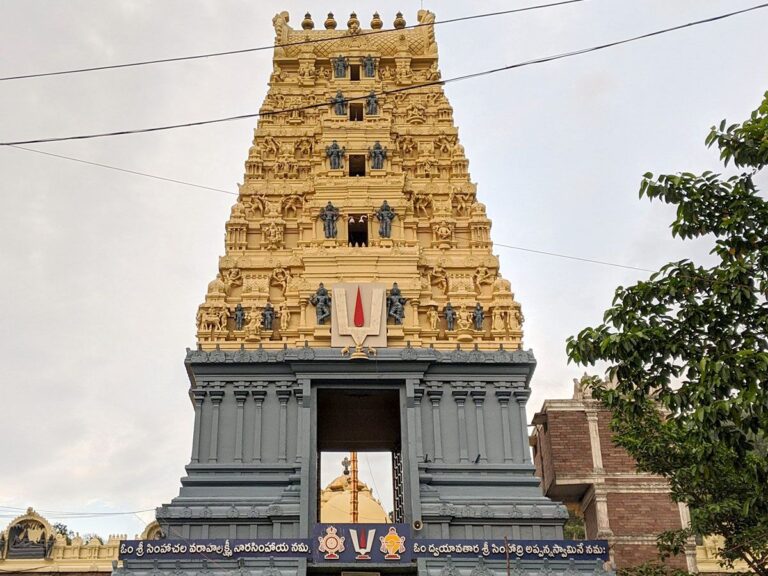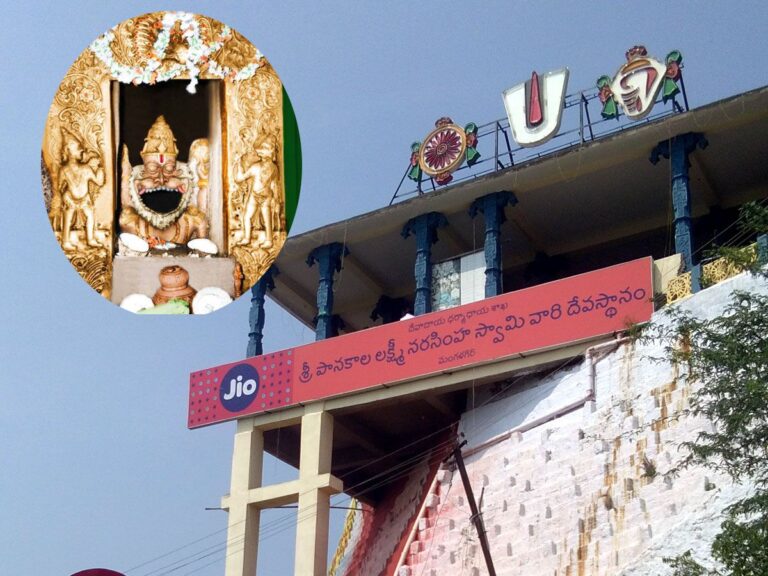900 Yrs Old Brahmeswara Temple: Amazing Temple Built by Gods
Brahmeswara Temple: Hi, my wonderful friends! Welcome, welcome! I’m so thrilled to invite you on a magical adventure today, to a really special spot in the gorgeous city of Bhubaneswar, in Odisha, India. We’re going to visit the magnificent Brahmeswara Temple. Picture stepping back in time, many, many hundreds of years ago, to a spot where tales are sculpted in stone and prayers reverberate through ancient corridors. That’s what it is like to see this beautiful temple.

Contents
- 1 Brahmeswara Temple History
- 2 Legend of the Temple
- 3 Importance of the Temple
- 3.0.1 900 Yrs Old Brahmeswara Temple: Amazing Temple Built by Gods
- 3.0.2 Gundicha Temple: Discover Puri’s Divine “Aunt’s House”
- 3.0.3 750 Year Old Ananta Vasudeva Temple
- 3.0.4 Rajarani Temple Bhubaneswar: A Temple of Love and Beauty!
- 3.0.5 Mukteswar Temple Bhubaneswar
- 3.0.6 Lingaraj Temple: Odisha’s Architectural Marvel
- 4 Brahmeswara Temple Architecture
- 5 Myths and Beliefs
- 6 Brahmeswara Temple Timings
- 7 Special Days and Rituals
- 8 Special Poojas Conducted
- 8.0.1 Simhachalam Temple – Varaha Lakshmi Narasimha Swamy
- 8.0.2 Mangalagiri Panakala Narasimha Swamy Temple
- 8.0.3 Vontimitta Temple of Sri Kodanda Rama Swamy
- 8.0.4 Vadapalli Temple of Sri Venkateswara Swamy
- 8.0.5 Arasavalli Temple | Sri Suryanarayana Swamy Temple
- 8.0.6 Powerful Annavaram Temple Sri Veera Venkata Satyanarayana Swamy
- 9 Places to Visit Around the Temple
- 10 How to Reach the Temple
Brahmeswara Temple History
Our tale of the Brahmeswara Temple starts a very, very long time ago, even before your great-grandparents or grandparents were born! It was constructed during the 11th century CE. Can you imagine that? That was more than 900 years ago! This temple was constructed by a very generous queen named Kolavati Devi. She was the mother of a king named Udyotakesari, who was a Somavamsi dynasty ruler.
The queen wished to construct a lovely residence for Lord Shiva, one of the most significant gods in Hinduism, to reside and be revered. And did she ever accomplish it! The Brahmeswara Temple is regarded as one of the best representations of temples back then, illustrating how intelligent and creative individuals were at that time. It is like a huge book about history composed of stone!
Legend of the Temple
Each old and grand structure has some special tale, and the Brahmeswara Temple is no exception. According to the myths, it is said that this site, Ekamra Kshetra (as Bhubaneswar was referred to in ancient times), was Lord Shiva’s private haunt on Earth. It is even described in the early Hindu scriptures!
One such scripture, the Ekamra Purana, tells us a wonderful tale. It says that Lord Shiva himself told Lord Brahma, who is the creator of the universe, to build a temple at a special spot in Ekamra. And guess what? Vishwakarma, who is like the architect of the gods, helped Lord Brahma build this very temple! Isn’t that amazing? To think that this temple has such a divine connection!
Another myth associated with a temple called Brahmapureeswarar (sometimes related to the idea of Brahmeswara) relates to Lord Brahma himself. It is an instance where Brahma, puffed up with pride of being the Creator, thought he was greater than Lord Shiva. This irritated Lord Shiva, and he removed Brahma’s power of creation. In order to regain his powers, Brahma took a pilgrimage and worshipped numerous temples of Shiva.
While on pilgrimage, he reached a place and placed 12 Shiva Lingams (which represent Lord Shiva) and asked for all his powers back with all his heart. Lord Shiva, hearing Brahma’s prayers, appeared before him and restored all his powers! As Brahma’s fate was altered here, one believes that his own fate can be altered here for good.
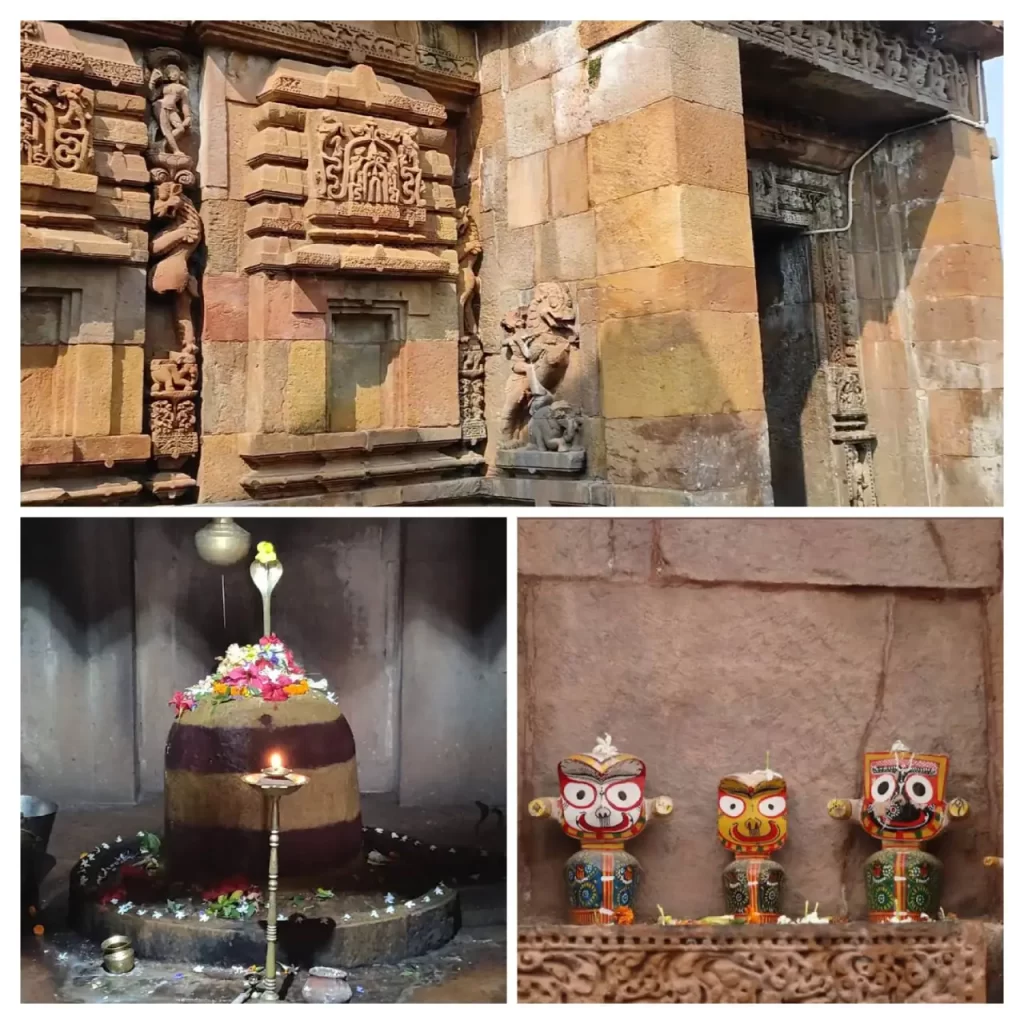
Importance of the Temple
Brahmeswara Temple is extremely significant for several reasons. For one, it’s a devoted shrine to Lord Shiva, who is revered here as a Shivalinga. This Shivalinga is very sacred. When you visit here, you can sense a very serene and spiritual ambiance everywhere.
Second, this temple is significant in Indian architectural history. It is one of the earliest temples in the area to feature sculptures of dancers and musicians on its walls. Just imagine, centuries ago, individuals were dancing and playing music here and their elegant gestures are eternally frozen in rock! It’s as if they felt the urge to share with all those visiting the temple their happiness and joy.
The Brahmeswara Temple is also famous due to its association with what is referred to as the “Devadasi” tradition. This refers to the fact that in the ancient years, lovely women who were extremely devoted to God would worship the god by performing music and dance. Some ancient writings discovered within the temple inform us of this tradition. It reveals how passion and art became inseparable in the days. The temple was also considered to be a hub for Tantric rituals, which is a unique aspect of Hinduism that includes mystical symbols and rituals. There are some powerful and intense images of gods such as Chamunda depicted on the walls, which relate to these beliefs.
Brahmeswara Temple Architecture
Now, let’s discuss how the Brahmeswara Temple appears! It’s an excellent representation of what we term Kalinga architecture, a unique style of temple-building in this region of India. The temple is constructed from sandstone and resembles a stunning, tall pyramid.
The temple has two main parts. The first part, where you enter, is called the Jagamohana, which is like an assembly hall where people gather. And behind it, rising high into the sky, is the Shikhara, which is the main tower where the deity, Lord Shiva, resides. The Shikhara is about 62 feet tall, reaching up to touch the clouds!
What makes the Brahmeswara Temple so special are its carvings. Oh my goodness, they are all over! The walls, both the exterior and interior, are adorned with lovely designs. You will notice lovely flower motifs, flying beings, and even representations of the eight special guardian gods who protect directions. And there I mentioned, you will find musicians holding instruments and dancers posed in elegant attitudes. It is like an immense art gallery sculpted out of stone! You can also see the well-known “lion head motif” here, which is a motif that began appearing in temples from this period.
It’s interesting to note that this temple also employed the use of iron beams in the construction for the first time in temple construction. This indicates how resourceful the builders were, employing innovative ideas in constructing these large buildings to make them strong and durable.
The Brahmeswara Temple is also a Panchayatana temple. This means that besides the main temple where Lord Shiva is, there are four smaller temples at each corner. Imagine, five temples in one beautiful complex! Each of these smaller temples also has its own deity, making the whole place even more sacred.
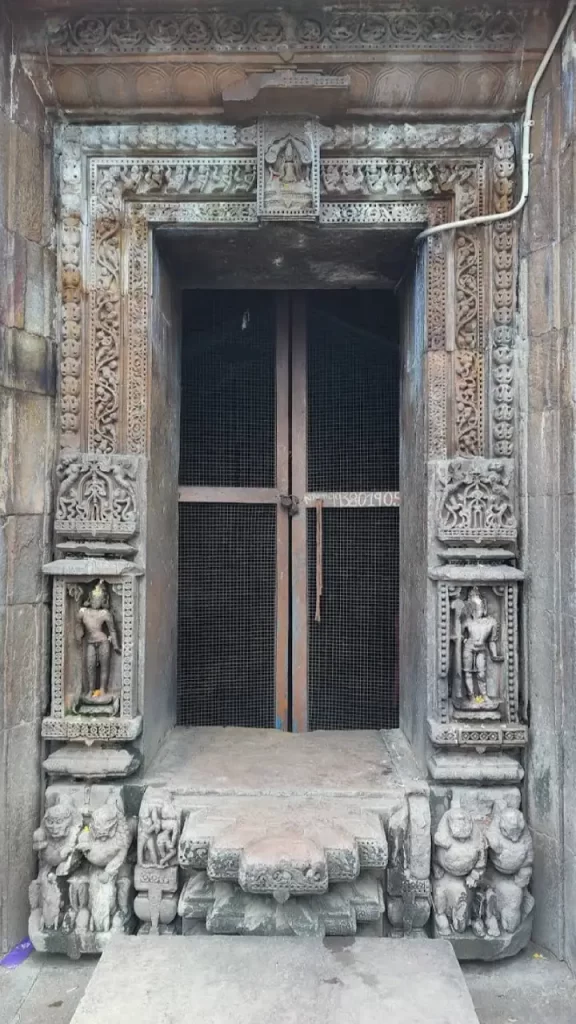
Myths and Beliefs
The Brahmeswara Temple is more than a structure; it’s a site with so many interesting myths and legends that have been generated over generations. Lord Shiva is said to reside here in a very strong sense by the people. The Shivalinga within is naturally formed, which makes it all the more unique.
A lot of people visit here to pray for good health, happiness, and seek blessings for their families. It is said that if you pray with a good heart at the Brahmeswara Temple, your desires may be fulfilled. Due to the temple’s association with the legend of Brahma restoring his powers, some people visit this place hoping for a miracle in their lives as well, particularly if they are in trouble or want a new start.
The fact that images depicting Tantric traditions exist also indicates that the temple was a hub for followers of this more occult aspect of Hinduism, who came to gain spiritual power and enlightenment.
Brahmeswara Temple Timings
If you are going to pay a visit to this fantastic Brahmeswara Temple, it remains open to visitors from 5:00 AM to 9:00 PM throughout the day. Hence, be you an early riser or a visitor in the night, you’ve got enough time to explore the temple and enjoy the serene surroundings.
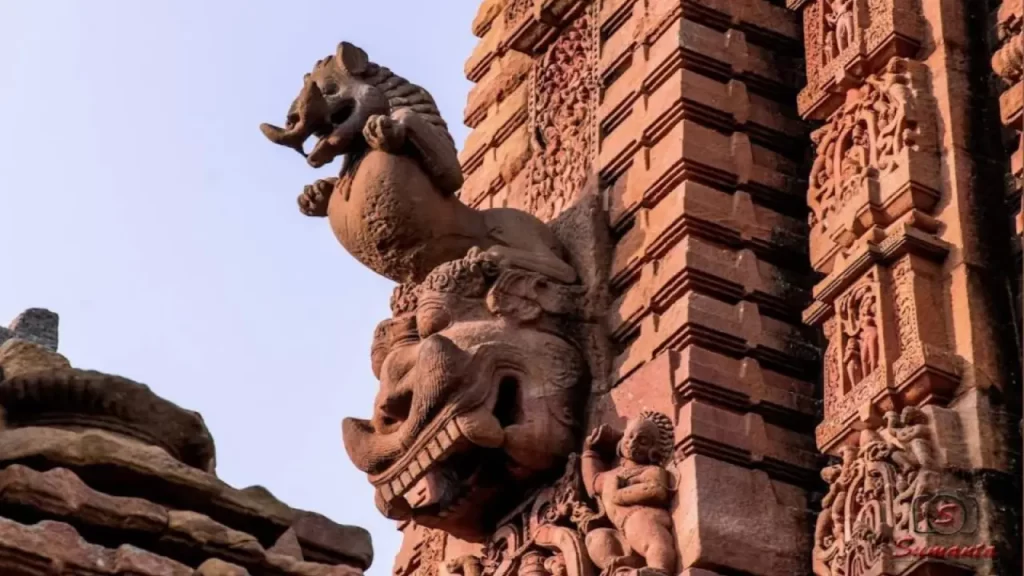
Special Days and Rituals
The Brahmeswara Temple is brimming with special festivals all year round! The most significant festival that takes place here is the Maha Shivaratri. It is a very significant festival for Lord Shiva, and thousands of devotees assemble here to pray, sing religious songs, and observe an all-night vigil. The entire temple is filled with energy and piety on this sacred day. Milk, water, and a special type of leave called Bilva leaves are offered to the Shivalinga by people.
In addition to Maha Shivaratri, other festivals such as Kartik Purnima and Diwali are also eagerly observed. At these times, the temple is adorned with great beauty, and special poojas are conducted.
If you prefer to visit the temple without a crowd, I would recommend that you go during a weekday or early in the morning. The place is very peaceful and quiet at those times, and you can fully appreciate the beauty and tranquility of the area. On festivals and special occasions like Mondays (which are for Lord Shiva), the temple is quite crowded, but it’s also an excellent time to witness the people’s devotion.
Special Poojas Conducted
Though certain daily poojas may differ, common rituals conducted at the Brahmeswara Temple include abhishekam to the Shivalinga (bath with sacred materials such as milk, water, honey, and yogurt), chanting mantras (sacred sounds), and flower and incense offering. People usually sit in meditation and pray to Lord Shiva, asking him to bestow peace and prosperity upon them. If you want to do a special archana (personal offering and prayer) or abhishekam, you can simply ask the temple priests, and they will assist you.
Places to Visit Around the Temple
Bhubaneswar is also referred to as the “Temple City of India” due to its abundance of old and lovely temples! Once you have visited the Brahmeswara Temple, it is easy to visit some other fantastic places nearby.
Lingaraja Temple: It’s one of the largest and oldest temples in Bhubaneswar, worshiping Lord Shiva. It’s really grand and majestic! It’s only around 3 kilometers from Brahmeswara.
Mukteswara Temple: This temple is extremely well-known due to its very beautiful carvings and stunning torana (gateway). It’s really near Brahmeswara, less than a half kilometer away.
Rajarani Temple: It is famous for its stunning sculpture, particularly of couples, and it has no particular deity, making it very unusual. It’s roughly 1.6 kilometers from here.
Ananta Vasudeva Temple: This is a unique temple in Bhubaneswar that is dedicated to Lord Vishnu, another god than Lord Shiva. It’s roughly 2.5 kilometers from here.
Kedar Gouri Temple: It is a twin temple complex with Lord Shiva and Goddess Parvati, set in a beautiful garden. It is also very near, about 2 kilometers.
Dhauli Shanti Stupa: Although a non-Hindu temple, it is a very significant historical temple where Emperor Ashoka is believed to have converted to Buddhism after the Kalinga War. It has great views and is very peaceful. It is roughly 7.5 kilometers away.
These are just some, but Bhubaneswar is indeed a treasure house of old temples and historical places!
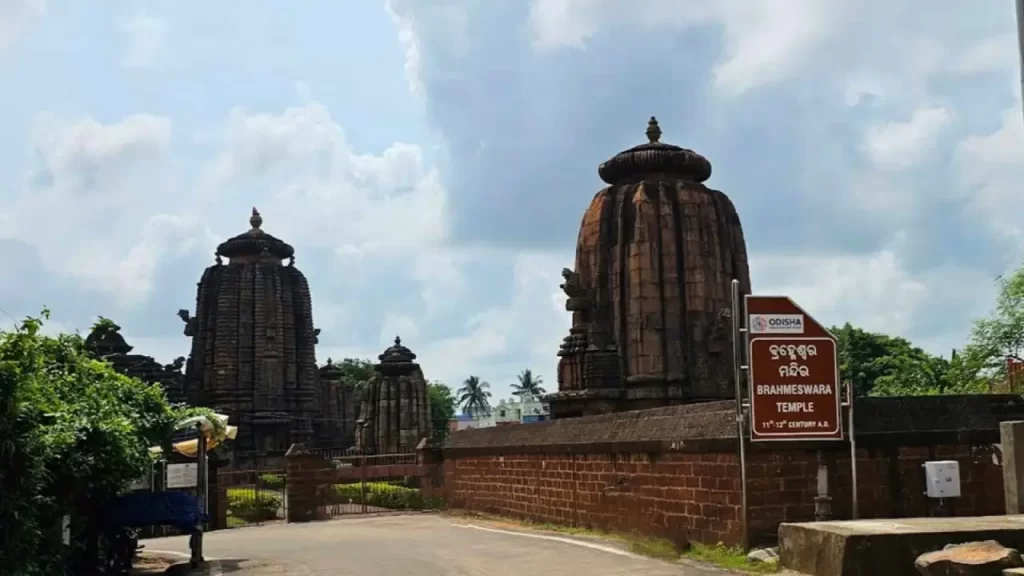
How to Reach the Temple
It is very easy to reach the Brahmeswara Temple!
By Air: The closest airport is Biju Patnaik International Airport, which is at Bhubaneswar. After arriving, you can take a taxi or an auto-rickshaw to the temple, which is typically some 10 kilometers away.
By Train: There is a railway station for Bhubaneswar. The temple is just around 5 kilometers from the railway station, so a short taxi or auto-rickshaw journey will take you there.
By Road: Bhubaneswar is well connected through roads. Taxis, auto-rickshaws, or local buses are easily available to travel to the Brahmeswara Temple from anywhere in the city. Plenty of people also walk to the temple from around the areas, taking in the local scenery.
Thus, my friends dear, as you see, the Brahmeswara Temple is not only a temple of worship but a living, breathing witness to history, art, and faith. It’s a place that you can get to feel close to history, see amazing craftsmanship, and feel at peace and spiritual. I hope you all had fun today on our little tour, and that you’ll get to see this beautiful temple very soon! It’s really a gem in the middle of Odisha.







